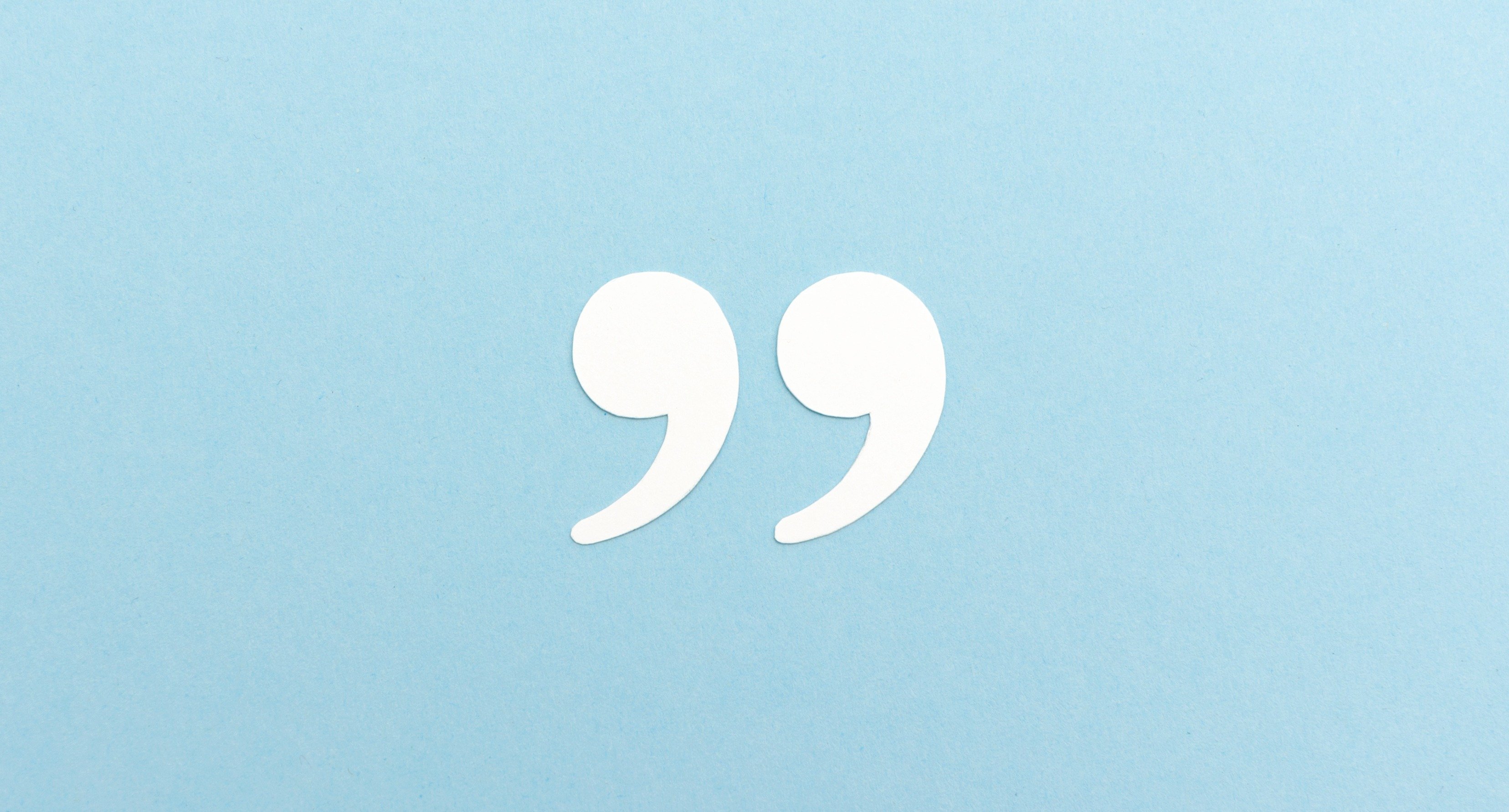Since 2007, according to research published in a July 2009 SmallBusinessTrends.com article, customer loyalty reward program participation has increased by 20%. Distributors and retailers are working hard to retain their loyal customers and increase volume and sales numbers without additional advertising expenses. After all, it is less costly to keep current customers than it is to find new ones and with the recession, leveraging current resources is vital to survival.
Customer loyalty rewards programs can be offered for a number of reasons including:
• Enticing customers to spend a certain amount of dollars in a given time period
• Attracting return or repeat business from loyal customers
• Encouraging contract renewals
• Observing years of patronage for loyal customers
• Thanking customers for their continued loyalty
• Giving customer of the month awards
• Offering sweepstakes or raffle opportunities
• Providing birthday rewards
• Promoting customer referrals
Clients of mine with customer loyalty reward programs most often offer points to customers who spend or reach certain dollar amounts. Most of my loyalty rewards programs are completely online so that both my clients and their customers can access account information anywhere, anytime.
In one loyalty reward program I administered, every time a customer spent $500, he or she would receive loyalty reward points that could be spent on brand name merchandise or accrued over time. When a sales person closed a sale that qualified for loyalty rewards points, he or she would then forward me the customer’s information so I could add the points to his or her online account. Customers could spend the points on loyalty rewards in 14 different reward collections featuring over 65 items per collection.
I recommend three tips to new clients who are setting up a customer loyalty reward program for the first time. First, goals of the loyalty reward program should be aligned with the objectives of the business. If your company is looking to increase business from current customers, then loyalty rewards that encourage increased spending or repeat business should be implemented. Conversely, if your company wanted to retain more loyal customers, then recognizing customers on their birthdays, offering sweepstakes or raffle opportunities and customer of the month awards are all ways to increase customer retention.
Second, ensure that the loyalty reward program is easy for customers to access and understand. If your sales force cannot explain how the program works in just a couple sentences, it is probably too complicated and customers will be hesitant to take advantage of it. Include instructions on how the loyalty reward program works on both the company website and the reward program website.
Third, the loyalty reward program must be easy to manage and administer. Sometimes clients of mine will simply run a monthly sales report and then forward the customer and point information over for the entire month. After I receive and load the points to the customer loyalty reward website, I can then provide detailed reports on redemption rates, participation and log in rates and how customers are spending their points on loyalty rewards-whether customers save the points for higher priced gifts or spend the reward points as soon as they receive them.
If organizations such as distributors and retailers are to survive the recession they must find a way to retain loyal customers. By rewarding loyalty with brand name merchandise rewards, companies will not only grow their business during the recession; they will take off when the economy starts to move up the business cycle.







Leave a Comment